Video: Operation of Main Engine Starting Air System
The video shows the line diagram for main engine air starting system which comprises of – air bottle to provide 30 starting air, pilot valve to start the operation, turning gear interlock, automatic air start valve, air distributor, and cylinder head starting air valve.
Air supply is provided by opening the main air bottle valve. As the valve is opened, the air is passed through the pilot valve and acts on top of the automatic start valve, providing a positive closing. The other branch supplies air until the turning gear interlock as the interlock blocks the air to go further.
To start the main engine, first turning gear has to be disengaged. This will deactivate the interlock and the air will be supplied to the automatic start air valve.
Since there is a spring pressure and additional positive closing by the air supplied pilot valve, the air will not go further automatic start valve until the start command is given.
When the air start lever is operated in the ECR, the pilot valve shifts and blocks the air on top of automatic valve. It vents the line and there is no more positive closing.
Air passed from turning gear interlock pushes the spring, opens the valve and closes the vent.
Now the air is available in the cylinder head starting air valve manifold and in the distributor. The distributor consists of a negative type cam for positive overlap.
When the concerned unit number 4 distributor valve comes in the cam profile, air compresses the spring and the valve is opened to operate the same unit number 4 cylinder head starting air valve.
As the camshaft rotates, unit number 4 line is vented and the cylinder head starting air valve closes. Now unit number 1 valve will be in contact with the cam profile and the air is injected in this unit.
The air injection is done as per the firing order of the engine.
Video of Main Engine Starting Air System
Do you have info to share with us ? Suggest a correction

About Author
An ardent sailor and a techie, Anish Wankhede has voyaged on a number of ships as a marine engineer officer. He loves multitasking, networking, and troubleshooting. He is the one behind the unique creativity and aesthetics at Marine Insight.
Latest Videos Articles You Would Like:
- Cruise Ship Damaged Due To Severe Weather, Passengers Stuck Abroad
- Archaeologists Examine 19th-Century Shipwreck Found On Canadian Coast
- Australia Stops Livestock Ship From Sailing Around Africa To Israel Amidst Houthi Attacks
- Iran Warns U.S. Of Targeting Cargo Ships Following Latest Airstrikes On Houthis
- Watch: Ukrainian Forces Destroy Russian Missile Boat In Black Sea Operation
- Two Dead After Tragic Collision Between Water Taxi And Passenger Ferry In the Philippines
Subscribe To Our Newsletters
By subscribing, you agree to our Privacy Policy and may receive occasional deal communications; you can unsubscribe anytime.




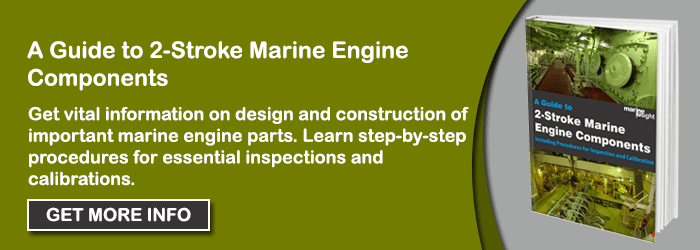
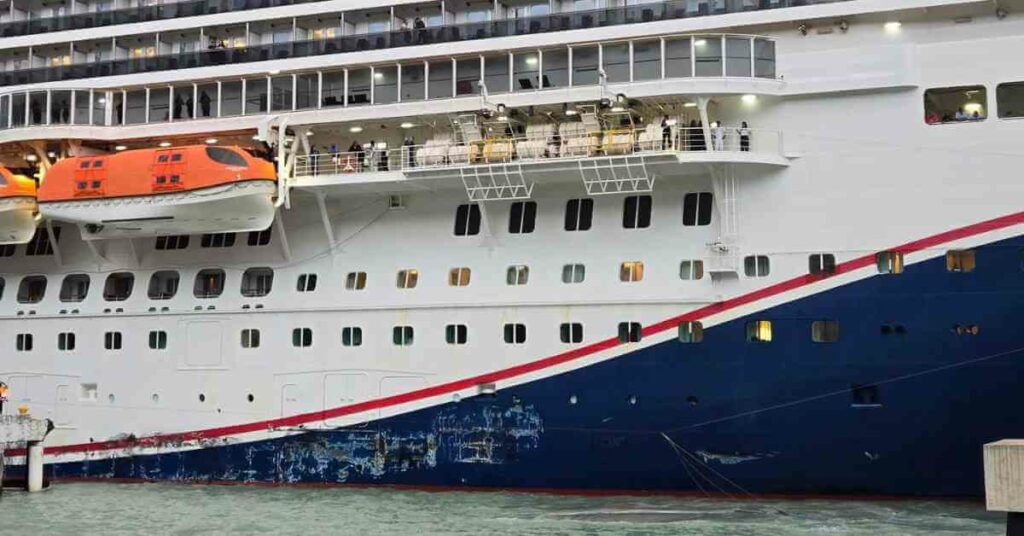
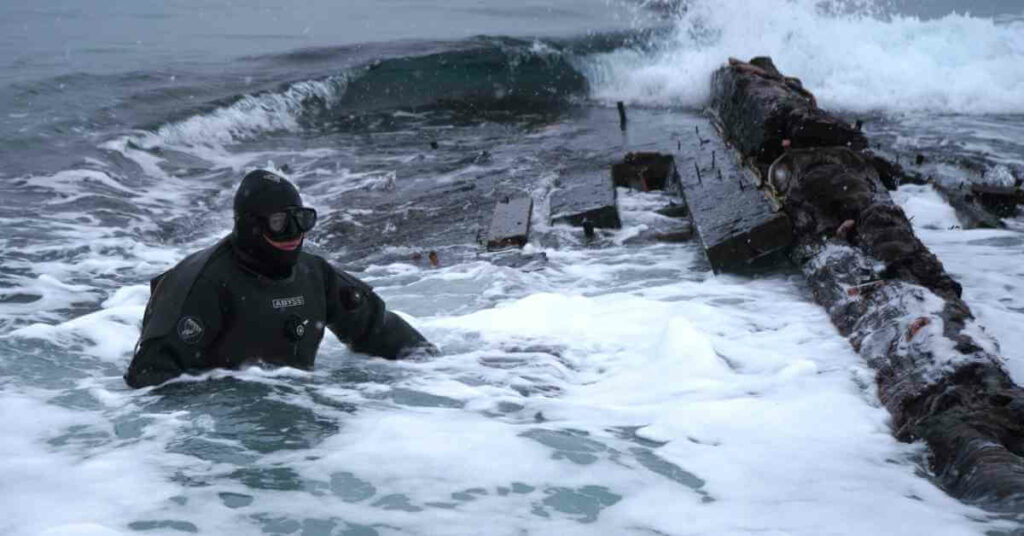
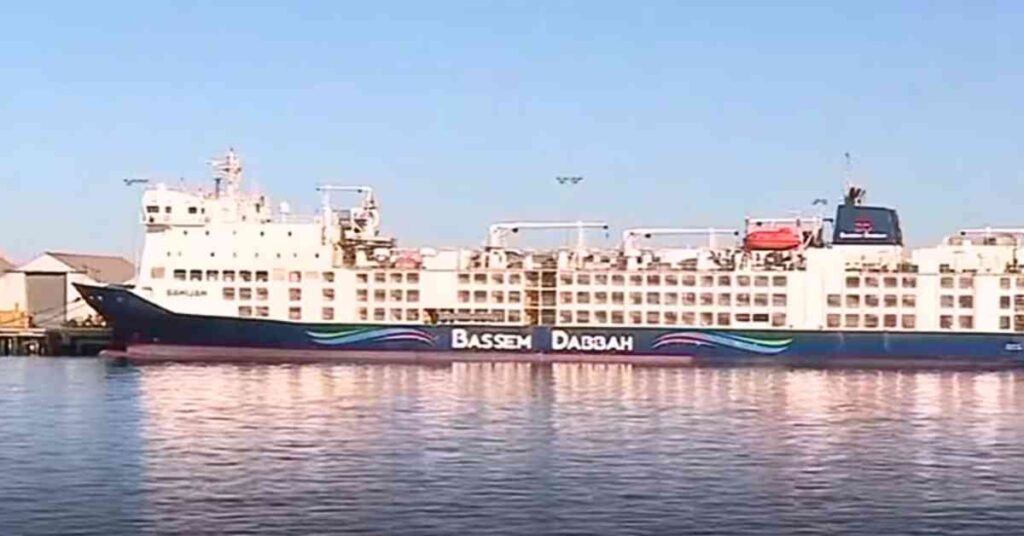

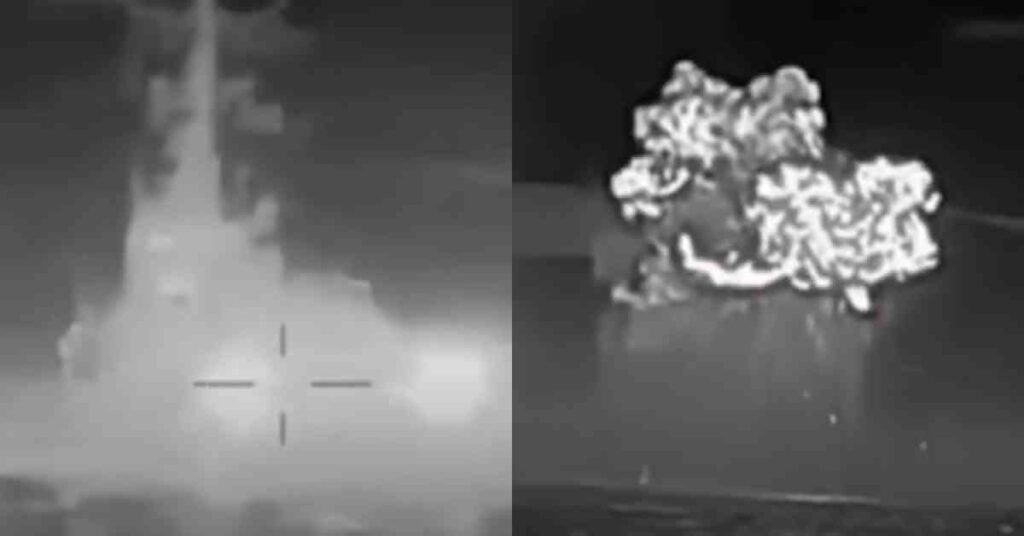


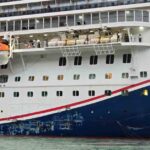
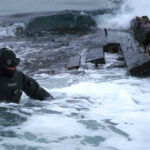
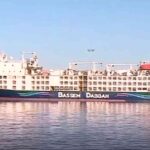
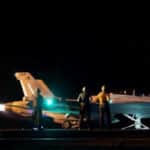


I like to know the design system how to start up the engine ?
We hv ship marine 2nd hand engg n spare parts pls send to me query by mail importsbd@gmail.com
Thank You for this interesting topic for my. I’m looking foreword and know, that this topic will be very good information (short information) for yang engineers or navigators.
I’m PETRAS PIKSRYS deep seas vessels navigator. My main education is navigate ocean going vessels and my second education is engineer ocean going vessels. I’m now, that topics like this is very good for all seafarers.
I am a diesel engine mechanic any question. Telling.
Dears
Thanks for this explanation
can you explain how the engine can be stop”shutdown”??